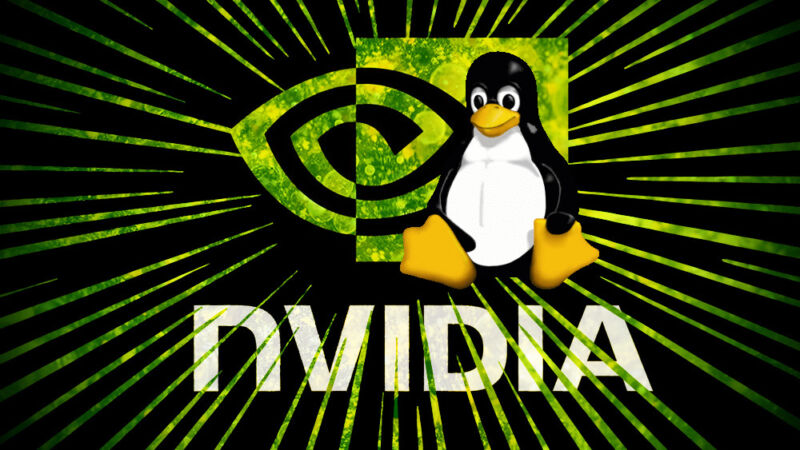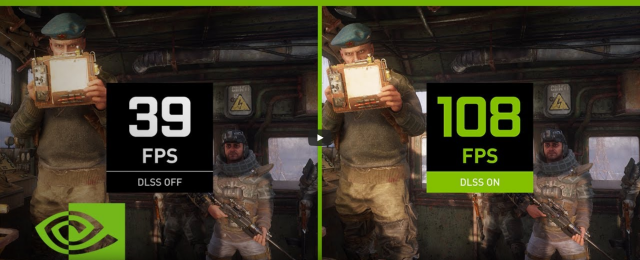
Enlarge / Tux looks a lot more comfortable sitting on that logo than he probably should—Nvidia’s drivers are still proprietary, and DLSS support isn’t available for native Linux apps—only Windows apps running under Proton. (credit: Aurich Lawson / Jim Salter / Larry Ewing / Nvidia)
Linux gamers, rejoice—we’re getting Nvidia’s Deep Learning Super Sampling on our favorite platform! But don’t rejoice too hard; the new support only comes on a few games, and it’s only on Windows versions of those games played via Proton.
At Computex 2021, Nvidia announced a collaboration with Valve to bring DLSS support to Windows games played on Linux systems. This is good news, since DLSS can radically improve frame rates without perceptibly altering graphics quality. Unfortunately, as of this month, fewer than 60 games support DLSS in the first place; of those, roughly half work reasonably well in Proton, with or without DLSS.
What’s a DLSS, anyway?

Nvidia’s own benchmarking shows well over double the frame rate in Metro Exodus. Most third-party benchmarks “only” show an improvement of 50 to 75 percent. Note the DLSS image actually looks sharper and cleaner than the non-DLSS in this case! (credit: nvidia)
If you’re not up on all the gaming graphics jargon, DLSS is an acronym for Deep Learning Super Sampling. Effectively, DLSS takes a low-resolution image and uses deep learning to upsample it to a higher resolution on the fly. The impact of DLSS can be astonishing in games that support the tech—in some cases more than doubling non-DLSS frame rates, usually with little or no visual impact.





